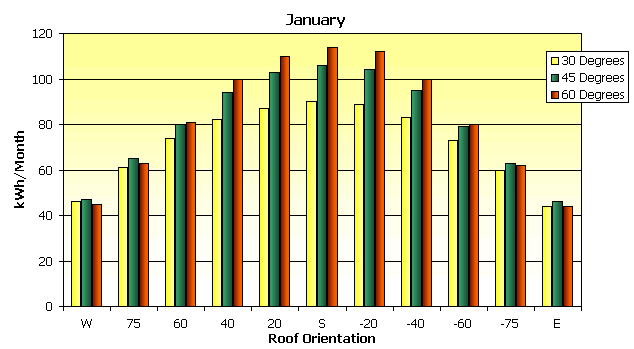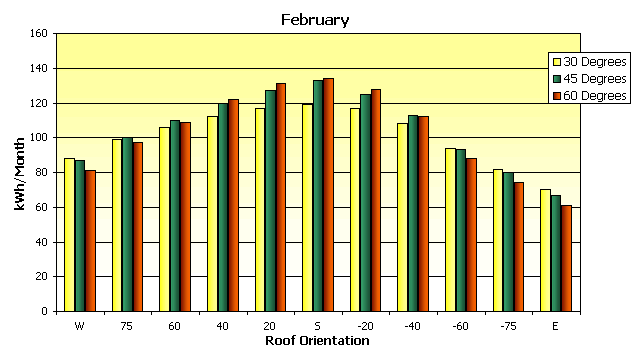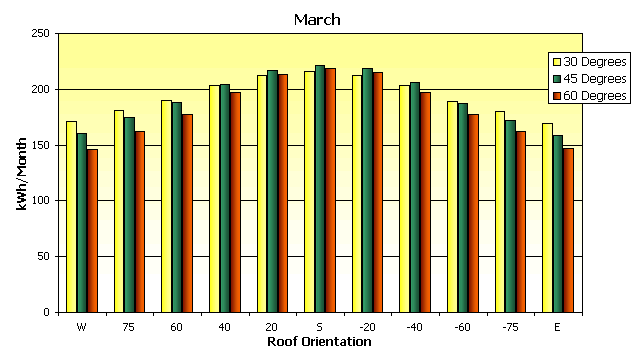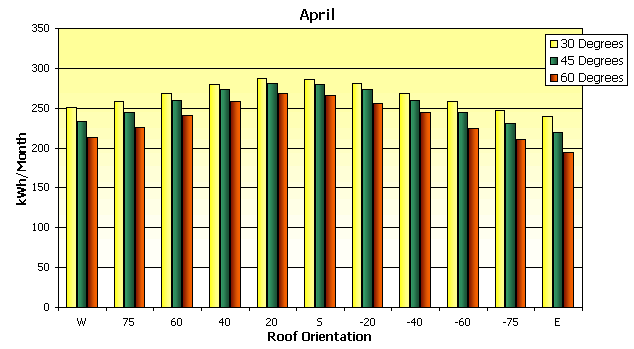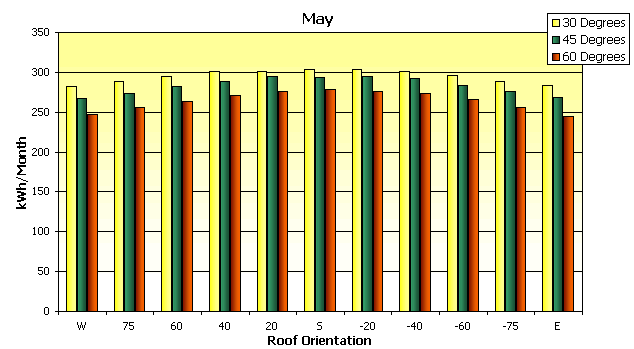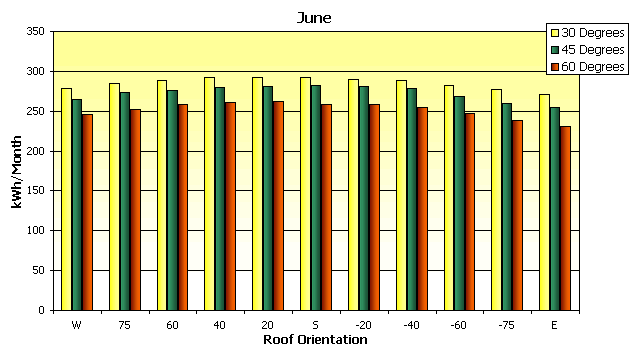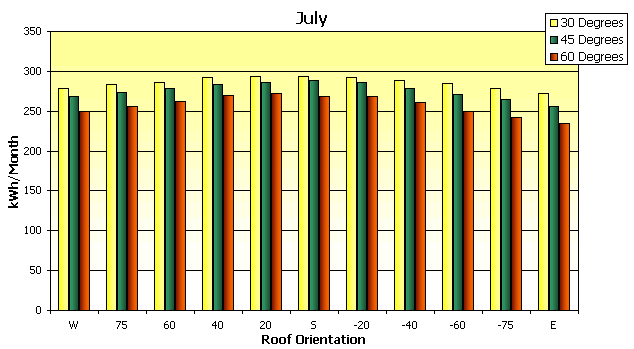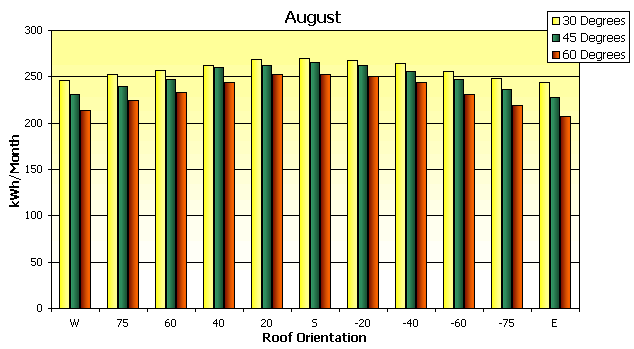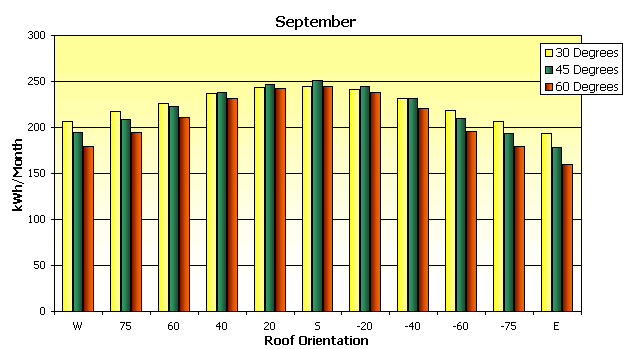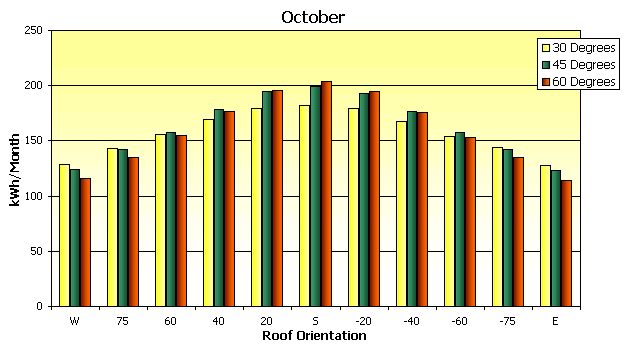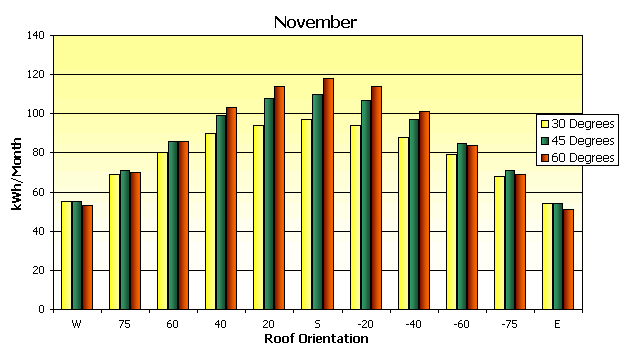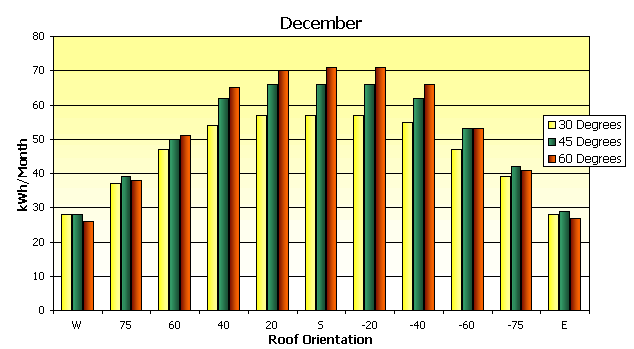
|
Careers | Price List | Contact |

|
Wimex VK-180 Panels (scroll down for system output graphs)
Panels have been upgraded with a more powerful heatpipe! (25% more output per panel).
For more detailed simulation results and month by month outputs see below.
- High output 58mm vacuum tubes
- Available in 20, 30 tube manifolds
- Click-down tube holders
- Roof mounting kits and bolts available
- Life expectancy more than 20 years
- Frame can adjust to match rafters
- Corrosion resistant
- High grade 316 stainless manifold & frame
- Low maintenance
- Easy to install
- SEI registered SEI-ST-235
| VK-180-20 Panel |
VK-180-30 Panel |
|
|
|
Wimex Solar Panels
The manifolds can be adjusted in relation to the frame, even after the panel has been attached to the roof. This makes its very straight forward to join two panels together.
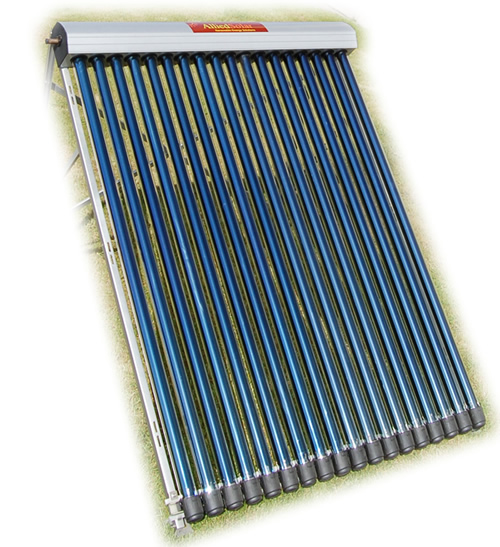
Manifold Close-up
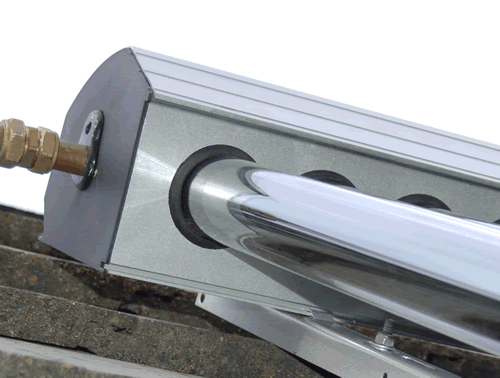
Bracket
The panel frame can be adjusted to line up with the rafter underneath.

Outputs
A 30° roof angle is very common in the UK and Ireland
and was chosen to give the most relevant results.
Likewise to compare like with like, the daily consumption was fixed at 250 litres of
45°C water per day. Changing the water consumption both in volume and profile
can lead to large changes in system output which overwhelm other system parameters.
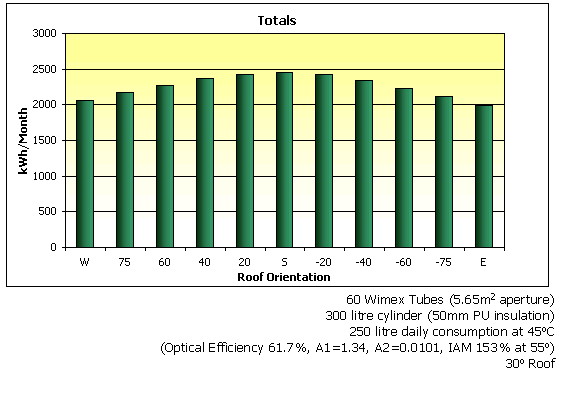
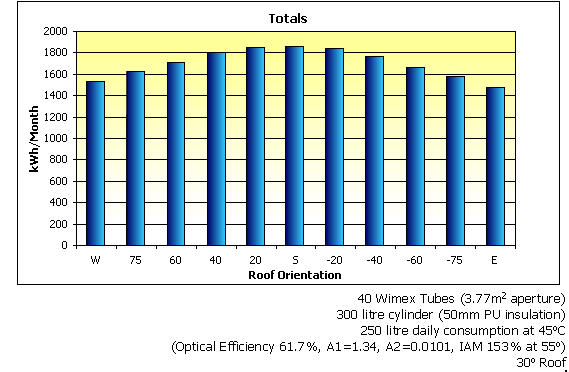
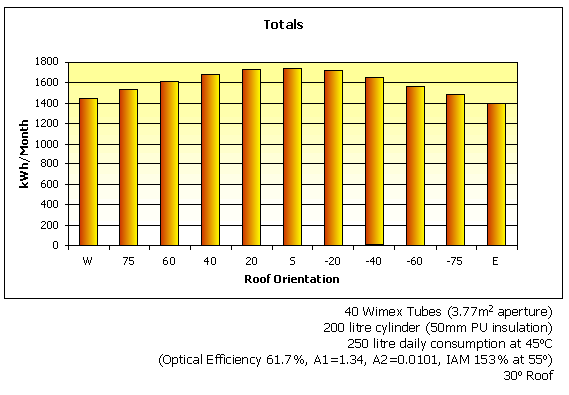
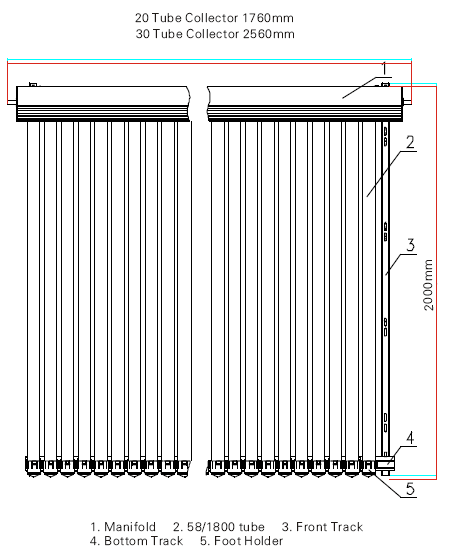
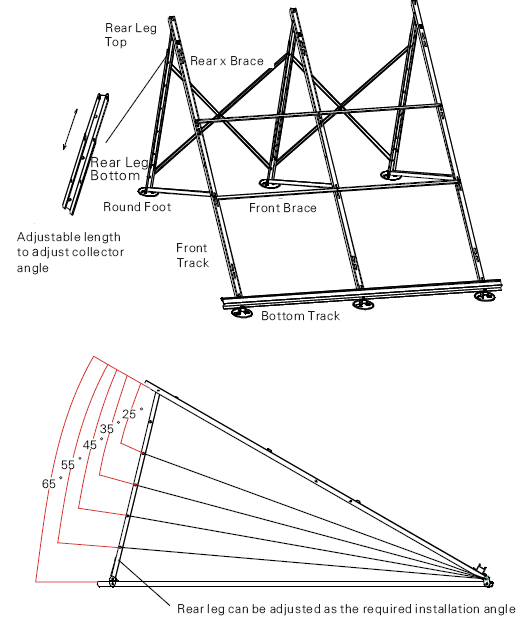
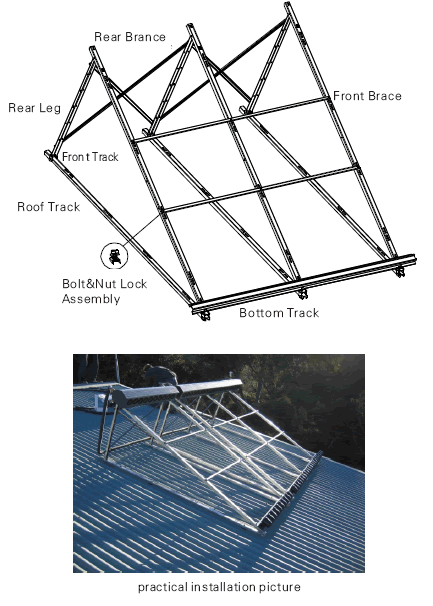
Package Efficiencies One of the interesting results of graphs is the Western bias. This is caused by 2 factors,
Simulator Inputs
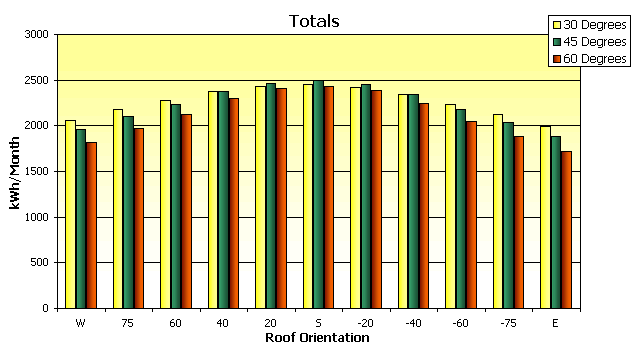
Simulator outputs Month by MonthWinter output is significantly higher on steeper roof angles, and only marginally lower in the winter. Despite the massive differences between summer and winter energy levels, a significant correction can be made by the angling of the panel so that equivalent winter shadow lengths are as long as possible. The solar panel is then receiving all the energy in the shadow area. The graphs below show the expected monthly outputs of a Wimex 60 tube system.
Outputs with different cylinder sizes A 30° roof angle is very common in the UK and Ireland
and was chosen to give the most relevant results.



|
|||||||||||||||||||||||||||||||||||||||||||||||||
